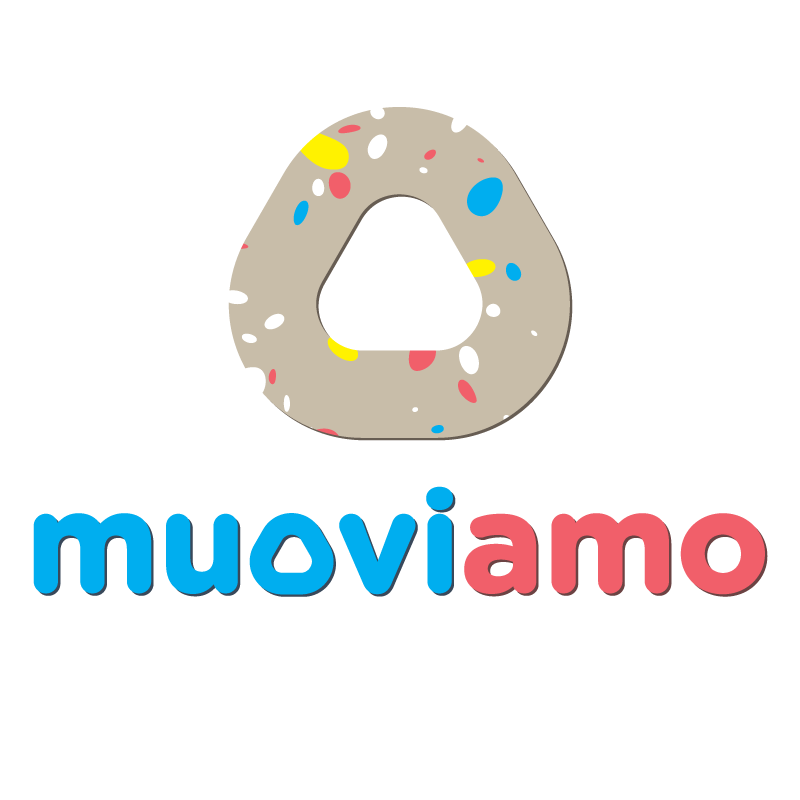This is the fourth part of our article series that follows the collaborative project between Restaurant Nolla, Muoviamo, and the TELMA students from Live Vocational College. At the heart of the project is the transformation of plastic waste collected at Nolla into new, functional items for restaurant use. In the previous parts, we’ve introduced the project’s background, covered the design workshop with the students, and detailed the visit of Nolla’s staff to Muoviamo’s plastic lab.
Now, it’s time to delve into the next crucial steps of the process. Following the workshop with Nolla’s staff, it was the TELMA students’ turn to get hands-on with plastic processing in Muoviamo’s lab.
Meticulous sorting and cleaning
Crucial to the project’s success is the careful pre-processing of the raw material. The students visited the plastic lab on several occasions, and their first task was to sort the plastic collected from Nolla. This is a fundamental step, as different types of plastic cannot be mixed.
The students learned to identify plastic types based on the triangle symbols and numerical codes on the packaging. The work required patience and a keen eye, but soon they were able to identify the different grades: most of Nolla’s plastic was food-grade PP5 (polypropylene) and HDPE (high-density polyethylene). There was also a small amount of PS6 (polystyrene).
However, not all plastics could be identified by their markings alone, so a portion was set aside as unidentified for now. This is a common challenge in small-scale recycling. In the future, Muoviamo plans to acquire a portable identifier based on NIR (Near-Infrared) spectrometry. Such a device analyzes a plastic’s material based on how it reflects light, enabling fast and reliable sorting even without markings. With this tool, we will be able to utilize an even greater portion of the collected plastic in the future.
After sorting, the identified plastics were thoroughly cleaned. Special attention was paid to removing labels to prevent their inks and adhesives from causing impurities in the final product. The best and safest method turned out to be a simple one: soaking the plastic containers in hot water for an extended period, after which the labels were easy to scrape off with a spatula without any chemicals. Alternatively, the labeled section can be cut off and used for a product where surface quality is less critical.
Shredding the raw material and creating the prototype
Once the plastics were sorted and cleaned, we moved on to shredding. Since the future cutlery rest was to be made from PP5 plastic, we shredded only this type. In the shredding process, the plastic containers are fed through a shredder, which grinds them into small granules suitable for further processing. This is the moment when waste tangibly becomes new raw material.
Alongside processing the plastic, we also walked the students through how the silicone mold for the prototype had been made. As creating a silicone mold is a multi-step and time-consuming process, we couldn’t carry it out with the students within the scope of the workshops. Instead, we explained the process to them: we had 3D modeled and printed the cutlery rest and used the model as a “master,” which was submerged in liquid silicone. After the silicone cured, the model was removed, leaving a precise mold.
The 3D model was created by Lilja Nikkilä at Metropolia University of Applied Sciences’ Arabia campus.
After the student workshops, once they had shredded a sufficient amount of PP5 plastic, we used this very raw material to create the first prototype. We filled the pre-made silicone mold with the plastic granules made by the students and melted it in an oven. This method allowed us to quickly produce a functional prototype, which we could use to test the shape and functionality of the cutlery rest in practice—including in the restaurant environment.
What’s next: towards final production
Creating the prototype was a watershed moment for the project. Once Nolla had tested and approved the prototype, we received the green light to move towards final production. This meant proceeding with the creation of a more durable mold suitable for series production.
So, stay tuned! In the next article, we will tell you how the final aluminum injection mold was designed, and how it will enable the production of hundreds of identical cutlery rests from Nolla’s own plastic.
Visit Nolla
If you want to see where all this leads, or explore the other zero-waste solutions implemented by Restaurant Nolla, consider visiting their restaurant at Fredrikinkatu 22, 00120 Helsinki. Book a table here.
Check out the conclusion of the article series here.
